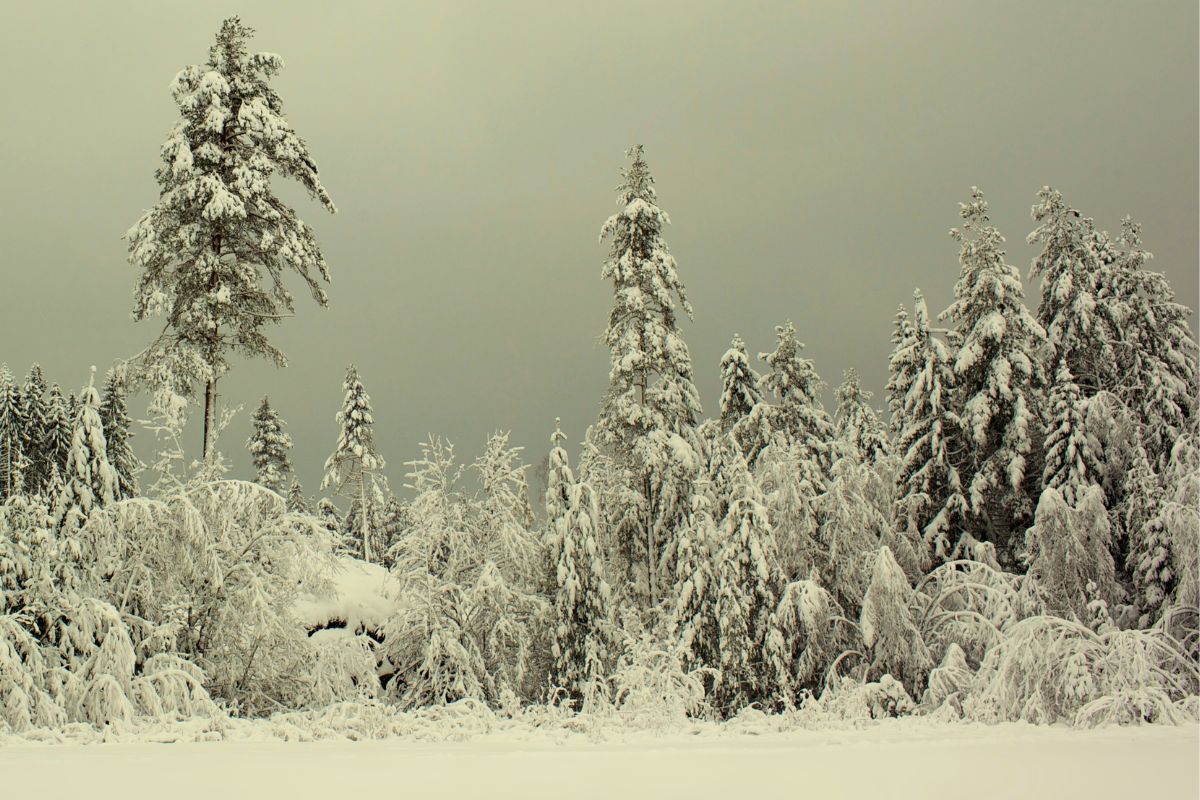


NEW DELHI: On December 22, the Northern Hemisphere observes the Winter Solstice, heralding the official commencement of winter and marking the shortest day of the year. This astronomical event, also known as the ‘hiemal solstice’ or ‘hibernal solstice,’ occurs when the Earth’s axial tilt reaches its maximum at 23.5 degrees away from the sun. At precisely 4:44 pm GMT, the solstice unfolds, signifying the sun’s lowest point in the sky during the year.
The anticipated schedule for the shortest day includes a sunrise at 7:10 am and a sunset at 5:29 pm. The solstice’s occurrence is rooted in the Earth’s axial tilt, causing either the northern or southern hemisphere to be tilted away from the sun. This tilt results in two solstices annually, one in summer and the other in winter.
The term “solstice” originates from the Latin words ‘sol,’ meaning sun, and ‘sister,’ signifying “to come to a stop or make stand.” December’s winter solstice, therefore, symbolises the “astronomical” onset of winter in the northern half of the globe.
Following the winter solstice, daylight hours in the Northern Hemisphere will gradually lengthen, leading up to the summer solstice, which marks the longest day of the year. This celestial phenomenon typically occurs between June 20 and 22, signifying the moment when the northern half of the Earth is tilted closest to the sun.
Also Read: Putin had ordered right-hand man to kill Wagner chief: Reports
The winter solstice, steeped in astronomical significance, invites contemplation of Earth’s axial dance with the sun, marking the cyclical rhythm of seasons that has captivated human curiosity for centuries.
Around the globe, various traditions mark the winter solstice, each reflecting unique historical, religious, and regional influences. In China, Dong Zhi festivities bring families together for special meals like tang yuan, celebrating the arrival of winter. Scandinavia honours St. Lucia on Lucia’s Day with a festival of lights, tracing its roots to Norse solstice traditions.
In Antarctica, researchers celebrate Midwinter with special meals, films, and handmade gifts, creating a sense of camaraderie amid the icy expanse. Saturnalia, an ancient Roman festival, echoes in modern Christmas celebrations, featuring games, feasts, and gift-giving.
The Incan Inti Raymi, held in June, honours the Sun god with feasts and ceremonies in Peru, while Iran’s Yalda celebration includes special dishes like pomegranates, marking Mithra’s birthday during the winter solstice. Among the Hopi Tribe in Arizona, Soyal involves rituals, ceremonies, and gift exchanges, celebrating the winter solstice with kachinas, the mountain guardian spirits.
The richness and diversity of these global celebrations highlight not only the astronomical event’s significance but also the cultural tapestry woven by ancient and contemporary customs. The winter solstice serves as a time for communities worldwide to unite, express gratitude, and revel in the shared experience of the changing seasons.